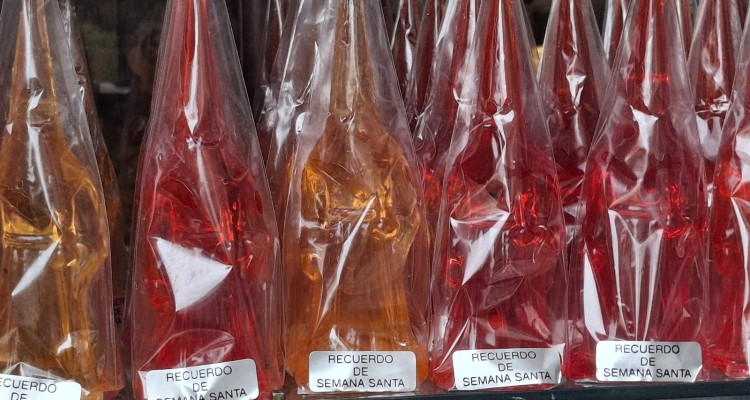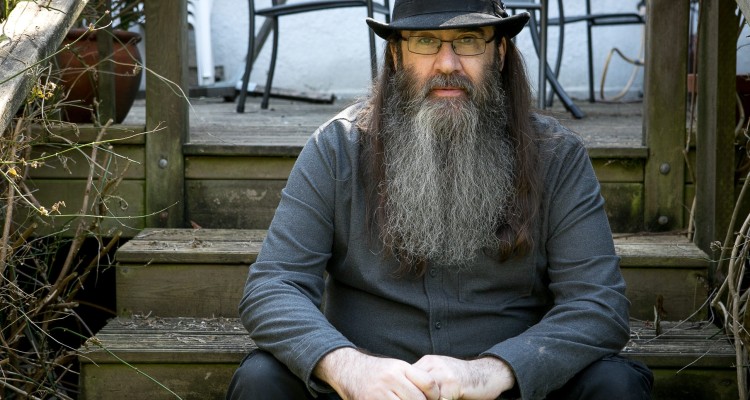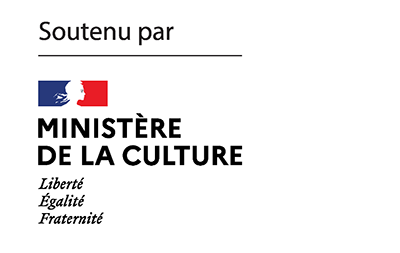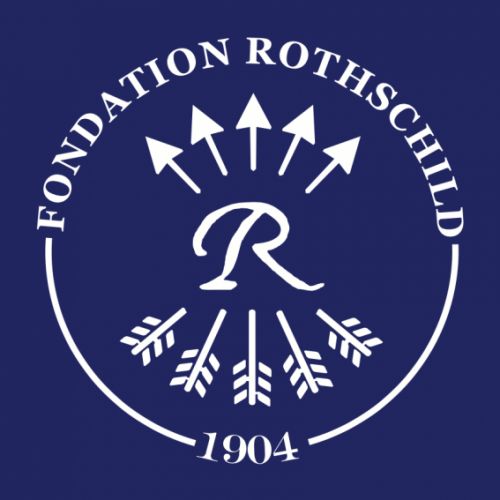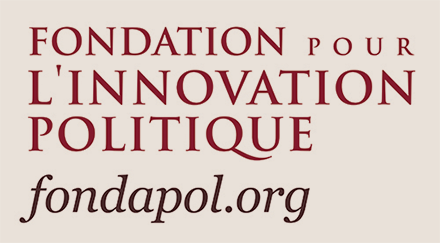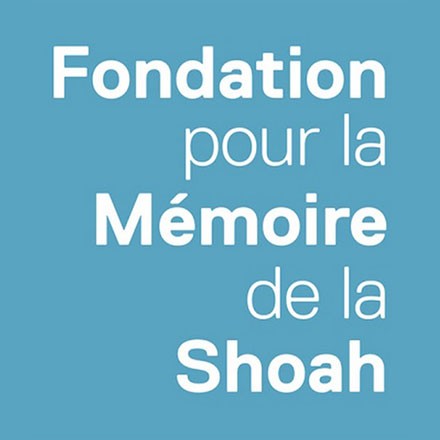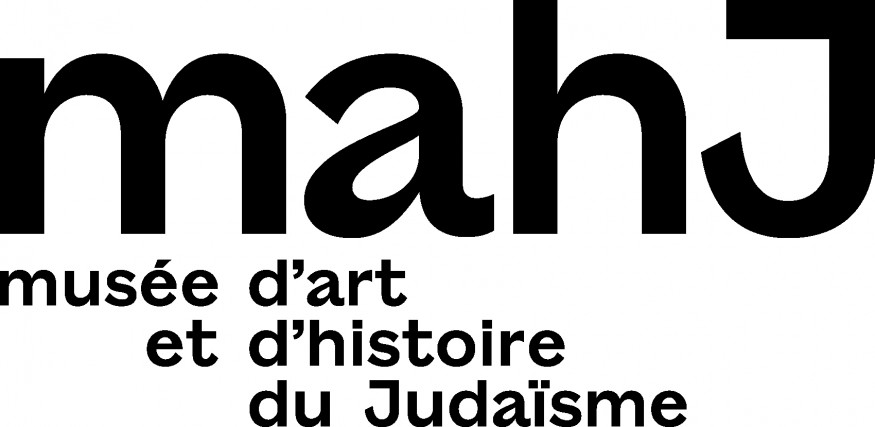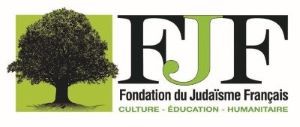It is no secret that Yiddish is a language without a country. At least, that’s how it’s spoken of, anyway, and then as a murdered, disappearing, dying language. But I know a Yiddish country. In a way, I am one of its citizens and I will consciously give you regular updates on it in K.. Today, a first tour of this multiplicitous and scattered world: the American Hasidim – who are also still Europeans – and their press.
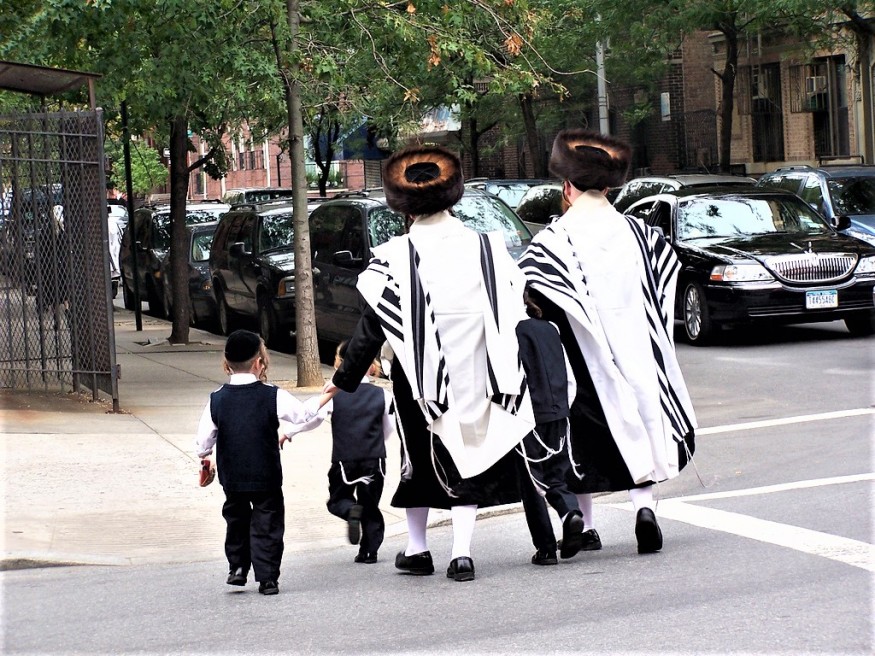
This Yiddish country is inhabited by those who call themselves heymishe yidn: the “home Jews”. From the alter heym, the old Eastern European home, to modern America, heymishe yidn are at home wherever they speak Yiddish. A friend from New York, a Hasid belonging to the Satmar sect, wrote to me about this a few days ago (in Yiddish, of course): “You in the secular world say that Yiddish is dead. But it is alive and doing well! In the United States, in Israel, in Belgium and in England, a mass of hundreds of thousands of people speak it, and it thrives and flourishes. Children, boys and girls, parents, grandparents… in Heymishe neighborhoods, all speak Yiddish. In the street, at home, among friends, in the synagogue, in schools and stores, people sing, study, buy and sell in Yiddish. We don’t do it ’to save’ the language, no. Everyone speaks Yiddish because it is their mother tongue, the language they grew up with. They were born with it, they live with it, and in this language they will die.”
In France, the vitality of Yiddish, not only across the Atlantic but also in Europe, in London, Antwerp or Zurich, is often ignored. It is true that the Hasidic world may seem strange, exotic, closed in on itself. But it is not so impenetrable, first because many of its protagonists are curious about the non-Hasidic world, especially when they meet a Yiddish-speaking “layman” like me. Second, because social networks, which are growing among Hasidim as elsewhere, offer easy access to their discussions and daily lives. However, many Yiddishists, that is to say, secular speakers of the language who are committed to its preservation, as well as a majority of “baby-boomers” who heard Yiddish as children and are therefore attached to the language, miss this dynamism without seeing it.
Some even disdain this Yiddish on the pretext that it is spoken by very religious people, or that it loses its purity by becoming tainted with English. This seems unfair to me. Before the rise of the Jewish Enlightenment, in the 18th and especially 19th centuries, Yiddish was spoken exclusively by observant Jews in highly ritualized societies. The characters of Sholem Aleichem, I.L. Peretz, Chaim Grade, Isaac Bashevis Singer… are often themselves Hasidim. Alright, they were hardly involved in literature as actors, but they often were an object of literature. Why should today’s Hasidim be inherently less interesting than the ones of yesterday?
As for the linguistic evolution of Yiddish: today, English words have largely replaced the old Slavic ones – almost no Russian words are used in Brooklyn Yiddish anymore. But isn’t this natural, and actually proving the dynamism of the language? Yiddish, which was born in the Middle Ages from a marriage between German and Hebrew, gained many elements of Slavic vocabulary and syntax through centuries of Eastern European wanderings, until the Jews were exterminated in the countries of Europe where their culture and demography had flourished. The horror of the “hurbn” (the Destruction) is a bottomless despair. Should the mournful anguish that remains attached to the memory of the Yiddish speakers of yesteryear close our eyes to the survival and prosperity of Yiddish today? Even if it should, and I don’t think so, it can’t, because that’s the way it is: life prevails.
A third point of distrust separates Yiddish circles from present-day Hasidic culture. Hasidim speak Yiddish, of course, but do they write it? Do they create a literary and artistic culture in this language? I can understand why people in today’s secular world feel uncomfortable with anything pious, why Cartesian and liberal thinking is bewildered, even shocked, by mysticism as well as by Hasidic rigorism. But there is, of course, no reason to consider these Jews as men of little value. They have a head, a heart, five senses, they think, they love, they hate. Their access to literature is not non-existent; at school they learn the Bible and its commentaries by heart – reading is not foreign to them. Why shouldn’t they have a thirst for art and literature? After decades of reborning themselves – literally “re-making” themselves: marrying and having children, working to feed them, studying the Talmud and the Torah because they are the center of their lives – these societies are now showing signs of a clear cultural boom. One only has to walk around to see this: for several years now, books of fiction have been multiplying on the shelves of Hasidic bookstores in Brooklyn, London and elsewhere.
No one can predict the future. I am first to wonder whether the historical circumstances of the 21st century will allow in the coming decades the development of a Yiddish culture that would be comparable with the one that swirled before it disappeared a century earlier. But why not? Let’s look at what exists today.
In the United States, there are about 150,000 children, all born in the Hasidic world, whose mother tongue is Yiddish. This is a small number compared to the pre-war demographics, but it is a gigantic growth of the Hasidic population as it existed in 1945, a few dozen families gathered in Brooklyn. A decade ago, the New York Times profiled a Hungarian-born woman who was deported to Auschwitz, survived, and left for Antwerp after the war before moving to Williamsburg in 1953, where the Satmar Hasidim had just established their new neighborhoods. When she died in 2010, at the advanced age of 93, there were 2000 descendants, children, grandchildren, great-grandchildren. Even on a Satmar scale, this “re-making” is extraordinary, but generally speaking, the demographics of this Hasidic group are growing exponentially, with nine children per woman on average. In 2020, Unorthodox – a Netflix mini-series that chronicles the journey of a young woman flying away from her Williamsburg Satmar background to a modern and “tolerant” Berlin, and about which I plan to write more extensively in a future column to try to understand the reasons for its unexpected success – paints a dark picture (perhaps unfair?) of Hasidic life. Although, especially as compared to the original story written by the American Deborah Feldman on which it is based, the series by directors Anna Winger and Alexa Karolinski are rich with an intellectual and artistic curiosity towards this very particular community, which it tries to portray in an authentic way, notably in its daily use of Yiddish.
Paradoxically, the Hasidim of Satmar were not particularly Yiddish-speaking before the war. For them, Yiddish was a masculine language, and the women spoke Hungarian. Their leader, Rabbi Joel Teitelbaum, who was born in 1887 and died in 1979, played an essential role in bringing Yiddish to Satmar. He decreed it the language of the group in order to delineate its boundaries with the surrounding society, American, Belgian,English, Australian, Canadian… without being caught up in religious Zionism, which had adopted modern Hebrew, Ivrit, along with a new territorial and national conception of Judaism. Teitelbaum was a charismatic leader. The “Satmar system” proved to be highly effective, relying economically on powerful mutual aid and on encouraging work rather than study as the main occupation of adult men (and quite often women). Over the years, surviving minority Hasidic groups have joined its orbit, so that it has become an essential part of the global landscape of religious Judaism today.
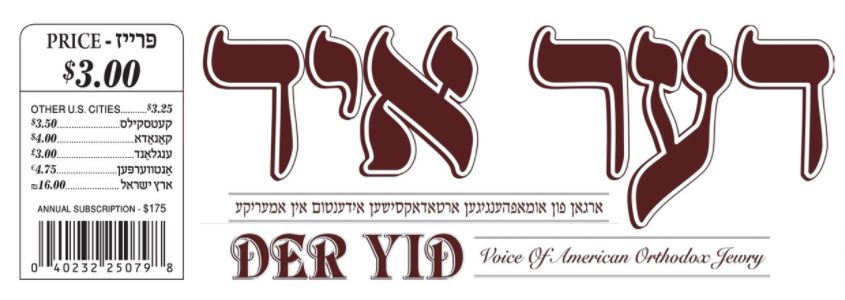
Culture, in the secular sense, was not Joel Teitelbaum’s priority, to say it mildly. In the first years after the war, the Satmar sect developed without it. No press, no books that were not dedicated to Torah study or morality. No access to secular Yiddish literature and newspapers. There were bridges for individuals, of course: nothing prevented a Hasid from buying the Forverts (the English Forward) or the Morgn Zhurnal (The Morning Newspaper) at a Manhattan newsstand, or even Undzer Vort (Our Word) if he was visiting Paris. It is unsure how much it was made in order to fight these uncontrolled interactions with the “outside world”, but the Satmar leadership decided to acquire a newspaper in the mid-1950s by purchasing the newspaper Der Yid (The Jew), which until then had been considered the voice of American Jewish orthodoxy. This historic newspaper of the Satmar community was thus able to present suitable readings to its Chassidim on subjects of interest to them, under the supervision of strict censorship.
Translator Rose Waldman explains in great detail in an article in In Geveb, A Journal of Yiddish Studies how the need to create educational materials for girls’ schools allowed for the first publication of books dedicated to leisure reading, even if they were only stories of rabbinic deeds. The boys, on the other hand, remained focused on the Torah. One thing led to another, and in the 1970s, explains Rose Waldman, there was a first, albeit timid, impetus for the publication of Yiddish satmar books, somewhat with the author Menachem Mendel. The people wanted to hear some stories. It was only in the 2000s, when the Hasidic world had reached a certain demographic weight, that one could see its artistic creation really develop in different forms: literature, music, media, entertainment… For 10 years now, 50 new fiction titles have been published each year for adults, and 30 for young children. Detective novels, thrillers, stories with psychological analysis of the characters, comics (with representation of female figures), biographies, personal development works: we are far from the hagiographies for girls’ schools of the 1970s, concludes Rose Waldman.
Regarding the press, one can count three competing weekly newspapers. In addition to Der Yid, two periodicals were founded in the late 1990s: Di Tsaytung (The Journal) and Der Blat (The Leaflet). By translating articles from major English-language newspapers, Di Tsaytung started a dialogue with the world “outside”. By publishing color photos and adopting an informal tone, bordering on sensationalism, Der Blat has accepted certain codes, which even the very serious Der Yid now allows itself. These three weeklies have professionalized their writing as well as their journalistic practice. Spelling and grammar are checked, and a neutral tone is used. These three weeklies, with hundreds of pages, are published on Wednesdays. They are bought until the Shabbat, after which they are considered as “old newspapers”, according to my interlocutors. They are widely appreciated in their paper version, but their content can be accessed via the Internet.
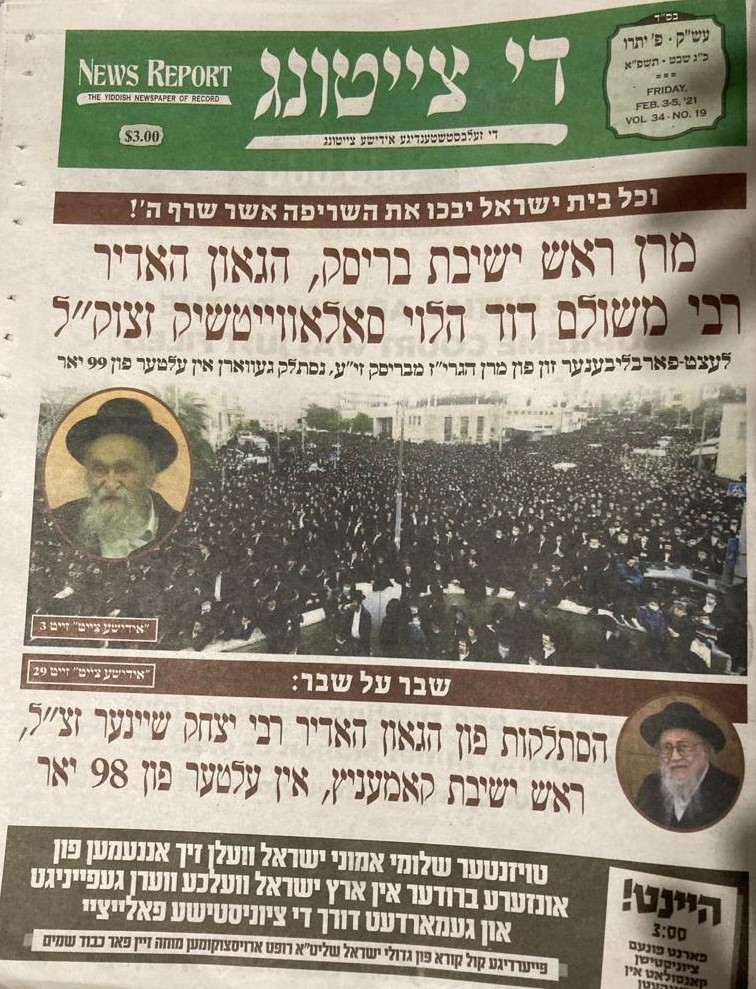
In their columns, one finds: national political news (“Biden’s first challenges”). General (“Snowstorms in the Northeast”). Local (“Andrew Yang to run for mayor of New York”). “A building project to establish a new Hasidic village in upstate New York raises neighborhood opposition”). Community (“New director appointed at Lakewood’s Satmar Yeshiva”). A section dedicated to Covid news (“Sanofi offers deal to Johnson and Johnson to produce its vaccines”). World news (with a specific section for the Middle East). News from Europe’s Jews (“Ritual slaughter banned in Belgium: kosher meat booming in Hungary”. “A French Jew bequeaths his fortune to the village of Chambon-sur-Lignon”. “In Di Tsaytung, you will see salmon-colored pages (they are really salmon-colored) on Wall Street and finance news. Der Yid also contains a kind of “Femina”, a section for children, and a third section devoted to the study of Torah.
In addition to these three newspapers, dozens of daily or weekly brochures are published by each community and several magazines complete the offer for adults. “Moment”, a weekly that has been printed since 2014 on the most tempting glossy paper, claims 150,000 readers worldwide. It publishes some kind of “tabloid” pictures of Hasidic celebrities – exclusively male – and sophisticated articles with marital, parenting, and health advice. Di Vokh (The Week) also features gossip and photos of the week. Others, including Der shtern (The Star), Der blits (The Lightning), Baleykhtungen (Lightning) offer a similar range. In my opinion, the most promising is in the youth press. In 2014, Kindlayn (Children’s Reading), met an immediate success with children and adolescents. Professional graphics, stories, comics, manual activities, puzzles, skits to be staged, discussions on points of the Law, scientific and historical sections … Kindlayn makes do without advertising, only from its sales. So much so that a competitor was born in 2017, Kinderlekh (The kids). No printing crisis in the Hasidic world.
Finally, we must mention a magazine that is a little different, which comes out every three months: Der veker (The Awakening), . This magazine, which can be bought at newsstands in Hasidic neighborhoods or ordered on Amazon, grew out from the activity of a Hasidic internet forum, kaveshtibl (which could be translated as “the tea room”). Unlike another Hasidic forum, i-velt (“the i-world”), kaveshtibl is not censored. Under a pseudonym, the users, mostly young married men, discuss their lives, their difficulties or their aspirations, their questions about faith, about their communities and their leaders, about the problems they encounter in the school where they send their children and about the ideal school they dream to send them to. Some of them also challenge each other with literature. They exchange some information about non-religious English and Yiddish poetry, discuss literary rules… Der Veker, a generalist magazine, was born out of this breeding ground. It is read mainly by young men, but also by women. It differs from the “orthodox” press by its freedom of tone and content. Moreover, it is frowned upon by the more serious press, and many readers are reluctant to buy it. A particular sign is that Der Veker publishes pictures of women, as long as they appear in a decent way. Above all, it contains an accomplished section of scientific popularization, another devoted to history, interviews with personalities belonging to the world “outside”, reflections on the functioning of the community. It gives a free account of the debates of the moment, child abuse for example. It deals with personal questions about belief. It does not have the censorship of the classic newspapers mentioned above. Finally, Der Veker is openly curious about non-religious Yiddish culture and open to contributions from all; after a literary contest launched in 2017, it even selected among its three finalists the granddaughter of Parisian Yiddish teacher Yitskhok Niborski, Ethel Niborski, a secular teenager from Jerusalem.
In an American magazine of the secular Yiddish press (whose fate is unfortunately more to be pitied than that of its Hasidic counterpart), specifically in the winter-spring 2019 issue of Afn shvel (On the Threshold), Yiddishist Isaac Bleaman interviewed the director of the Veker, known by the pseudonym “Ruvn” (Ruben). This interview deserves to be translated in its entirety, but I will limit myself for today to the end. In response to a question from Bleaman, “Do you think that Der Veker can bring together non-religious Yiddishists and Yiddish-speaking Hasidim?” Ruvn replies, “The Yiddish language has been deposited in the hands of the Hasidim and we must share this treasure with anyone who is interested. It is clear that the Hasidim can also be good customers for information from the Jews of the secular world. We are all brothers and Der Veker can play a role in bringing us closer together.”
Coming soon: a sequelon the adventures of the Yiddish world, in a next edition.
